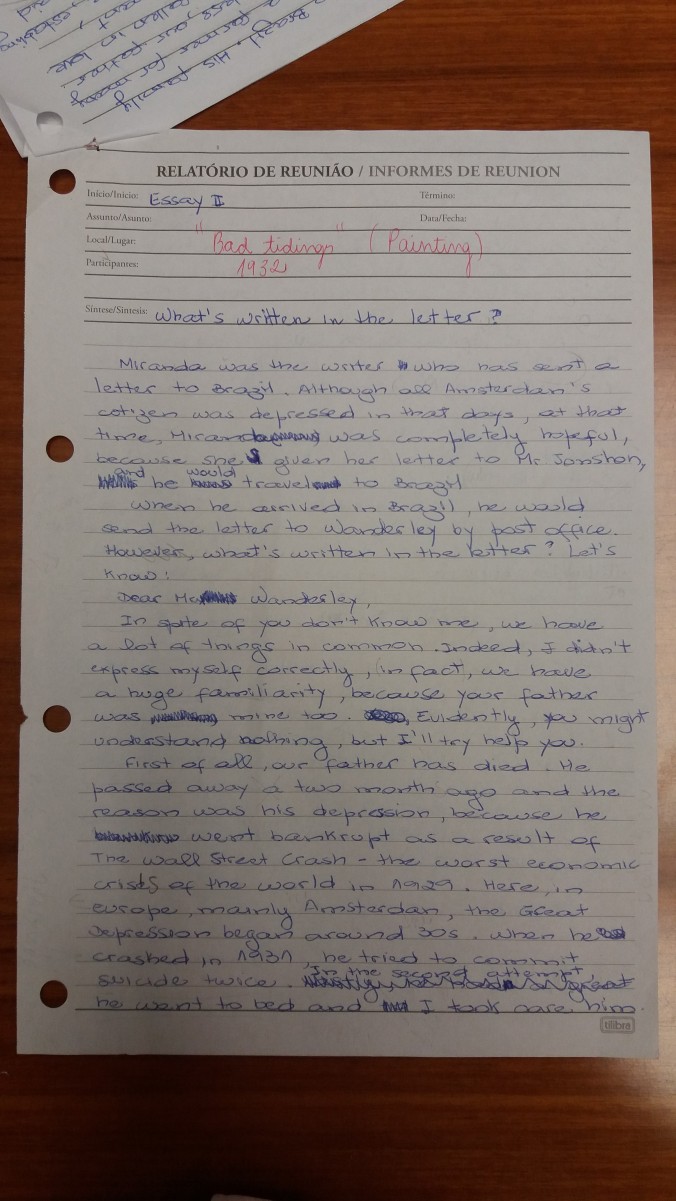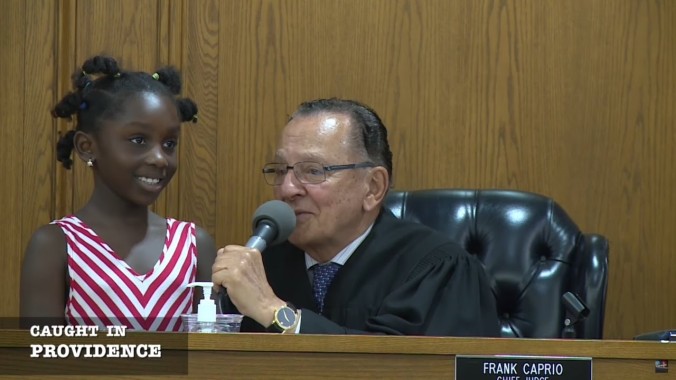I’ve been teaching English for almost ten years; most of them dedicated to private classes. During this time, I’ve developed close relationships with my one2one students by ensuring confidentiality, through the golden rule of never mentioning who I’m teaching to other students. However, as the number of business students increased, I noticed that my learners had professional goals and backgrounds in common.
These backgrounds and professions benefit already from day to day business networking but seemed that language lessons may also offer a wider networking opportunity. As networking is a vital skill in all business sectors and industries I began to design a new class to foster both learning and language skills through networking. This would greatly enhance both areas, as well as offering increased benefits to all students over and above basic language lessons.
As most of my teaching is conducted on one2one students, none of the students who participated knew each other to begin with.

The project started with two main objectives:
- Provide my B1 students with specific language training to improve business networking skills
- Enhance and develop student’s productive skills, in particular, their written work – this would allow for detailed error correction.
In the initial trial, I set up 4 different whatsapp groups and encouraged my students to start introducing themselves and share anything they wanted to about their professional lives.
At this first stage I purposefully didn’t interact with my students beyond introducing them to each other. Once a connection had been established, I began to monitor and start to correct the mistakes as, and when, they came up. However, since the main objective was enhancing communication, and to ensure a realistic feeling of networking for the students, I chose to employ a style of delayed error correction.
This allowed students to initially reflect on their own conversational errors, focusing on how spelling affected their legibility. Then, at a later stage, pieces of text from different participating groups were given to them to critique and correct grammar accuracy.
This second stage was vital as students not only had to correct others mistakes but also provide constructive criticism and account for their corrections. This ensured enhanced learning and wider networking amongst the groups.

Subsequent classes have now moved the training focus to focus, specifically, on my students’ communication skills. Building on the initial stages of the project, I started to encourage students to not only correct mistakes but to pose follow and clarification questions. These questions, and their responses, were then examined in the lesson by using the white board white board to provide helpful examples and to manipulate the language the students were constructing.
From these initial trials, the ‘networking’ lesson plan structure was highly successful in fostering professional networking who have been studying English as second language, Business English and language accuracy for over a year. Students remained highly engaged with the ‘real world’ nature of the lessons and felt they benefitted them more as they were practicing and training in skills that they used every day.



 I’ve been teaching English and Portuguese to speakers of a foreigner language for almost ten years now. During this period I’ve gathered good and bad stories to tell… It was in 2008 that I moved to Buenos Aires and was offered my first Portuguese class. Since I wasn’t familiar with teaching, my coordinator invited me to a friendly chat to discuss methodologies and show me some materials. After seeing her amazing handouts, I asked her if I could use them; and to my surprise she said: “No. They’re mine. It’s not my job to provide you with materials. Get your own.” I’ve always thought that a language coordinator could be anything but selfish. It’s not a matter of being or not able to prepare the lesson, sometimes the only thing you need is direction. From that day on, I’ve prepared everything that I use in my classes myself.
I’ve been teaching English and Portuguese to speakers of a foreigner language for almost ten years now. During this period I’ve gathered good and bad stories to tell… It was in 2008 that I moved to Buenos Aires and was offered my first Portuguese class. Since I wasn’t familiar with teaching, my coordinator invited me to a friendly chat to discuss methodologies and show me some materials. After seeing her amazing handouts, I asked her if I could use them; and to my surprise she said: “No. They’re mine. It’s not my job to provide you with materials. Get your own.” I’ve always thought that a language coordinator could be anything but selfish. It’s not a matter of being or not able to prepare the lesson, sometimes the only thing you need is direction. From that day on, I’ve prepared everything that I use in my classes myself.


